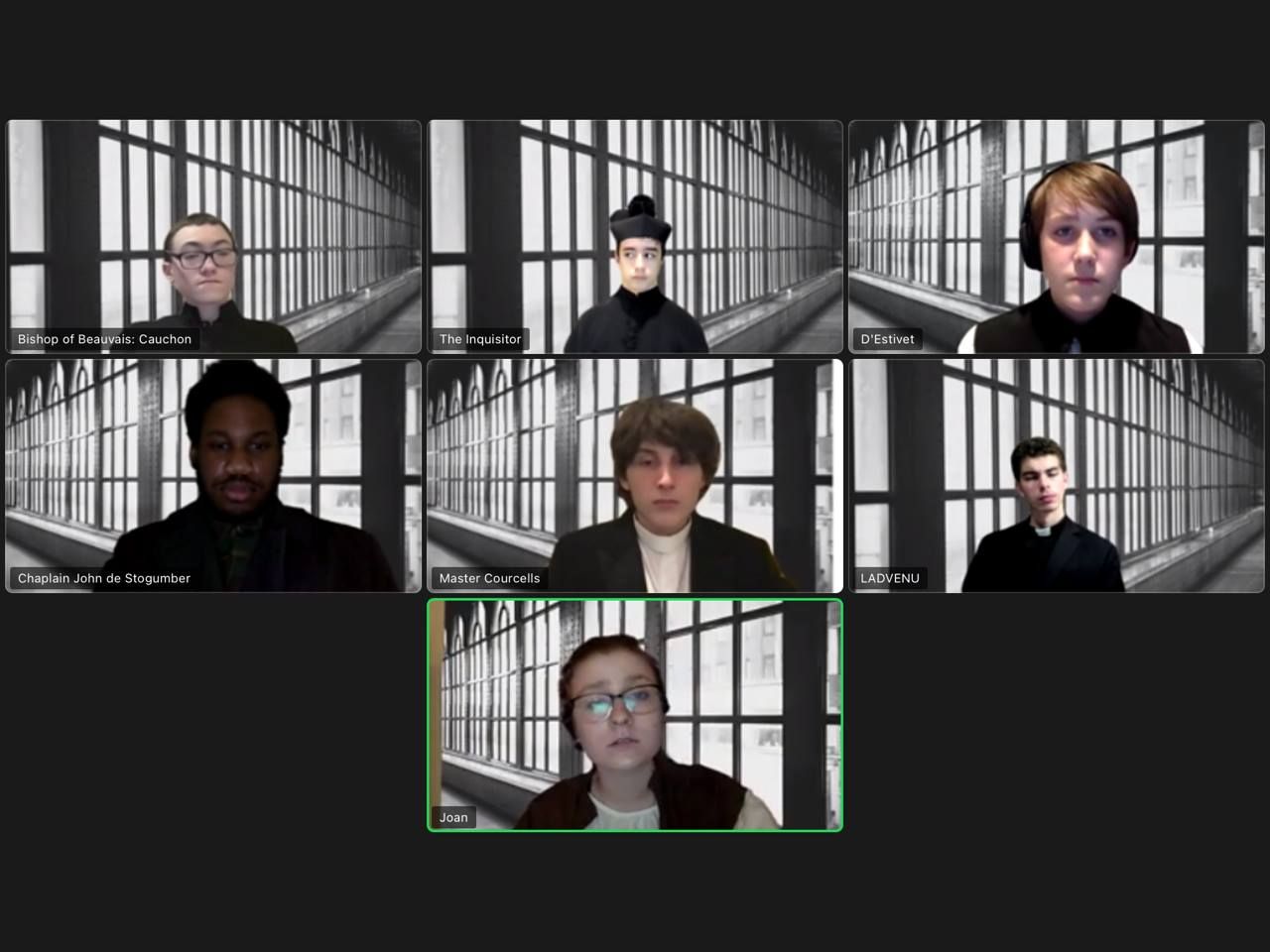The Future of Theater
by Aiden Wetterhan, Form III
2 min. read — April 16, 2021
Over the past several decades, the popularity and influence of the performing arts and live in-person performances have greatly diminished. The long-lasting tradition of theater is one that has inevitably been affected. However, the prosperity of new technologies and their corresponding applications during the pandemic have offered an opportunity for a new type of theatrical revival.
I have had the pleasure of taking part in three different theatrical productions this past year. The first show was The Tempest, which was a rapid one-week production with a holistic agenda. Such a short preparation is nothing new, but the focus of the performance shifted greatly. It had one recording with a full run-through before. This performance focused heavily on the display of actors: the angles they looked at, their position on the screen, and the seamless transition of props between characters.
The unique utilization of such limited space is an essential part of a successful virtual show.
The second performance was A Midsummer Night’s Dream; it focused less on the position of actors relative to one another but rather on the actors within their own individual box. The unique utilization of such limited space is an essential part of a successful virtual show. Finding the correct posture, whether actors should be standing or sitting, and facial expressions are often harder to determine online but because of a virtual setting, they can be emphasized much more greatly.
My final and most recent virtual production was Saint Joan. This show focused on political maneuvers, omniscient comedy, and novel religious and political ideologies. Therefore, the show demanded both an emphasis on keywords and an overall fast-paced tempo to induce a sense of necessity and motives with the audience.

Without a responsive audience, the actor must be careful about predicting places, where the audience might need a moment to comprehend an overarching point or times where one might need a fast-paced power struggle to retain the attention of the audience. All of these productions were held in a virtual setting and each one offered a new path for virtual theater, while all of them allowed actors and audience members alike to enjoy a fun tradition despite the pandemic.
Online shows require a unique set of shared skills and adaptations. No matter the genre, they can be enhanced by virtual backgrounds, changed virtual meeting names, voiceovers, pre/post show informative displays, and a digitized program. Whether or not such virtual shows catch on will be based on the decisions of the audience, nevertheless, any actor who wishes to participate in this evolving field can take these experiences to heart and make such performances all the more enjoyable.